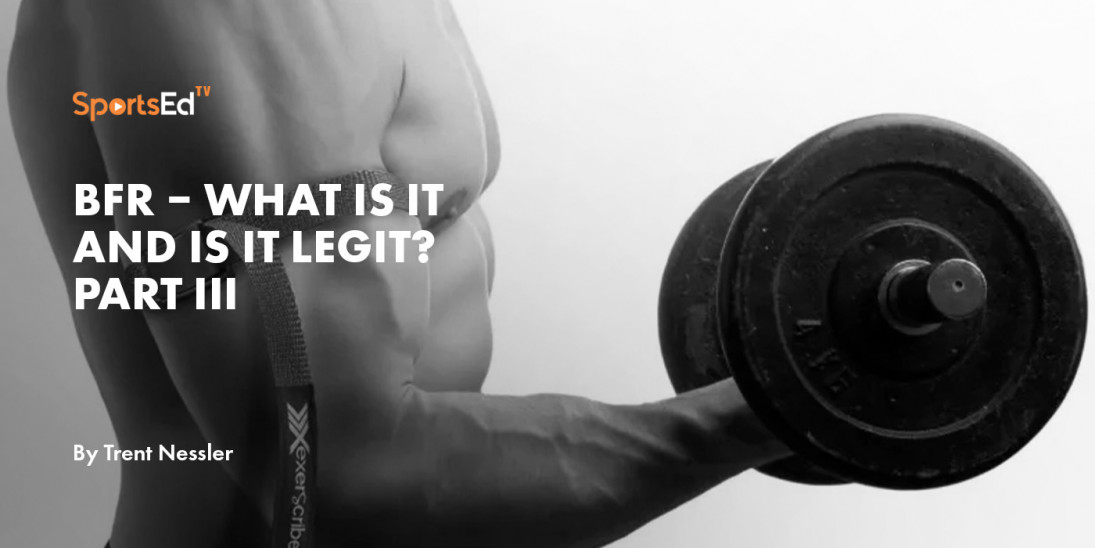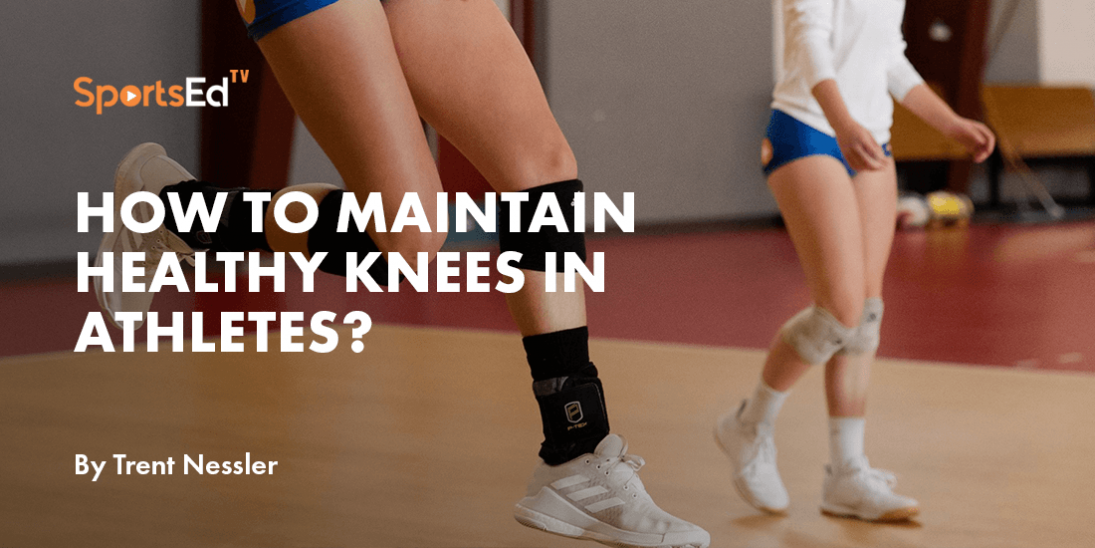Strength And Conditioning
Welcome and thanks for visiting...

Shoulder Friendly Weight Lifting Part III
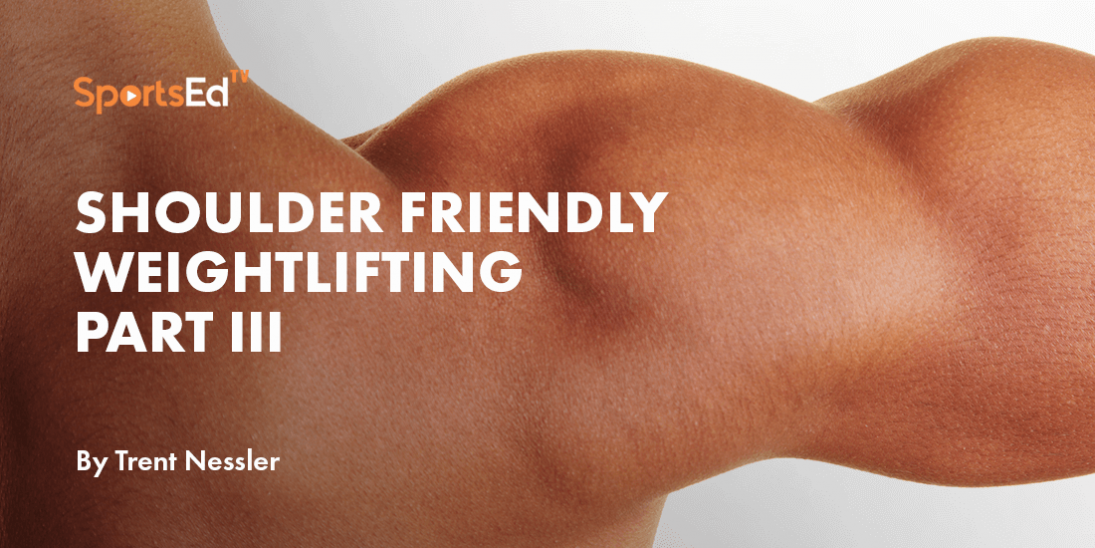
Over the last couple of blogs, we have discussed some common shoulder injuries that come out of the gym and how some of the traditional lifts we do can add to these problems. Last time, we talked about some specific exercises and how these can add to increased stress to the shoulder (specifically the rotator cuff, labrum and long head of the biceps). To recap, some major take aways from:
- When doing lat pulls, shoulder press, pulls ups, or similar exercises which put the shoulder in these positions, do these in front instead of behind the head. Doing behind the head is often one of the things that puts the shoulder in a compromised position.
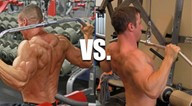
- When doing bench press, flys, pec deck, rows or similar exercises that put the shoulder in these positions, make sure to elbows do not go past the trunk. If you are unsure what that position is, do flys on the floor. The floor prevents you from getting into the harmful range. Although this may feel like you get more of a stretch (which you do) the stretch is also applied to the anterior capsule of the shoulder, stresses the labrum, rotator cuff and long head of biceps. This same shoulder position you have with flys should be carried through to other exercise of similar shoulder position.
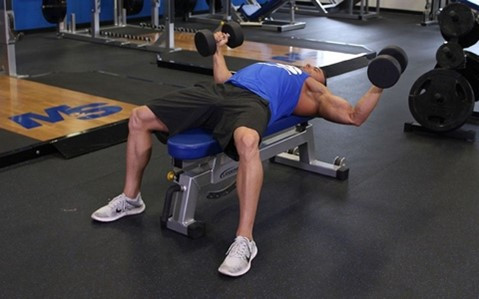
- When doing front and lateral raises, make sure your thumbs are pointed up. This position externally rotates the humerus and clears the rotator cuff (supraspinatus) from becoming impinged when at 90 degrees or above.

In addition to these precautions, we also want to make sure to add exercises that we know will help us reduce risk for injury. One thing we know about the shoulder is that if your total shoulder range of motion (full internal rotation + full external rotation both at 90 degrees) is off by more than 10 degrees when comparing your right arm to your left arm, you are three times more likely to have a shoulder injury. The diagram shows how to assess your total shoulder range of motion. If this is off, then adding some stretching to balance out your range of motion is essential.
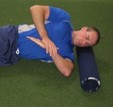
This can be done by performing the modified sleeper stretch depicted here. The stretch is applied by rolling your shoulder forward and pushing down on the hand. In this picture, the subject would move his right shoulder toward the left elbow till he feels a stretch. Then he would gently push down on the left hand till he feels a comfortable stretch. Stretching should not be painful and should be held for 30-90 seconds.
In addition to the above, adding some form of rotator cuff strengthening is also essential. One of my favorites is scapular retraction with external rotation. Standing and holding a resistance band in both hands with palms facing up. Raise your chest and pinch your shoulder blades together and down. Keeping your shoulder blades pinched, rotate your arms out (externally rotate) keeping palms up. Pause here for 2-3 seconds and then slowly return to the starting position. Perform 20-30 reps and 2-4 sets.
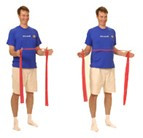
This exercise works on scapular stability (rhomboids and lower trap) and the strength and endurance of the rotator cuff, specifically the supraspinatus. Letting it back slowly works the eccentric phase (essential for rotator cuff function) and the high reps works the level of endurance the rotator cuff needs with lifting.
Keeping these concepts in mind and adding these to your shoulder routine should aid you in not only continuing to build big strong shoulders but also help you prevent some of the common shoulder injuries associated with weightlifting. If you start to have shoulder pain or have pain that limits you from lifting, find a sports physical therapist near you. Not only can they help treat your shoulder but also put you on the right path to a shoulder healthy lifting routine.
Read more:
Shoulder Friendly Weight Lifting Part I



